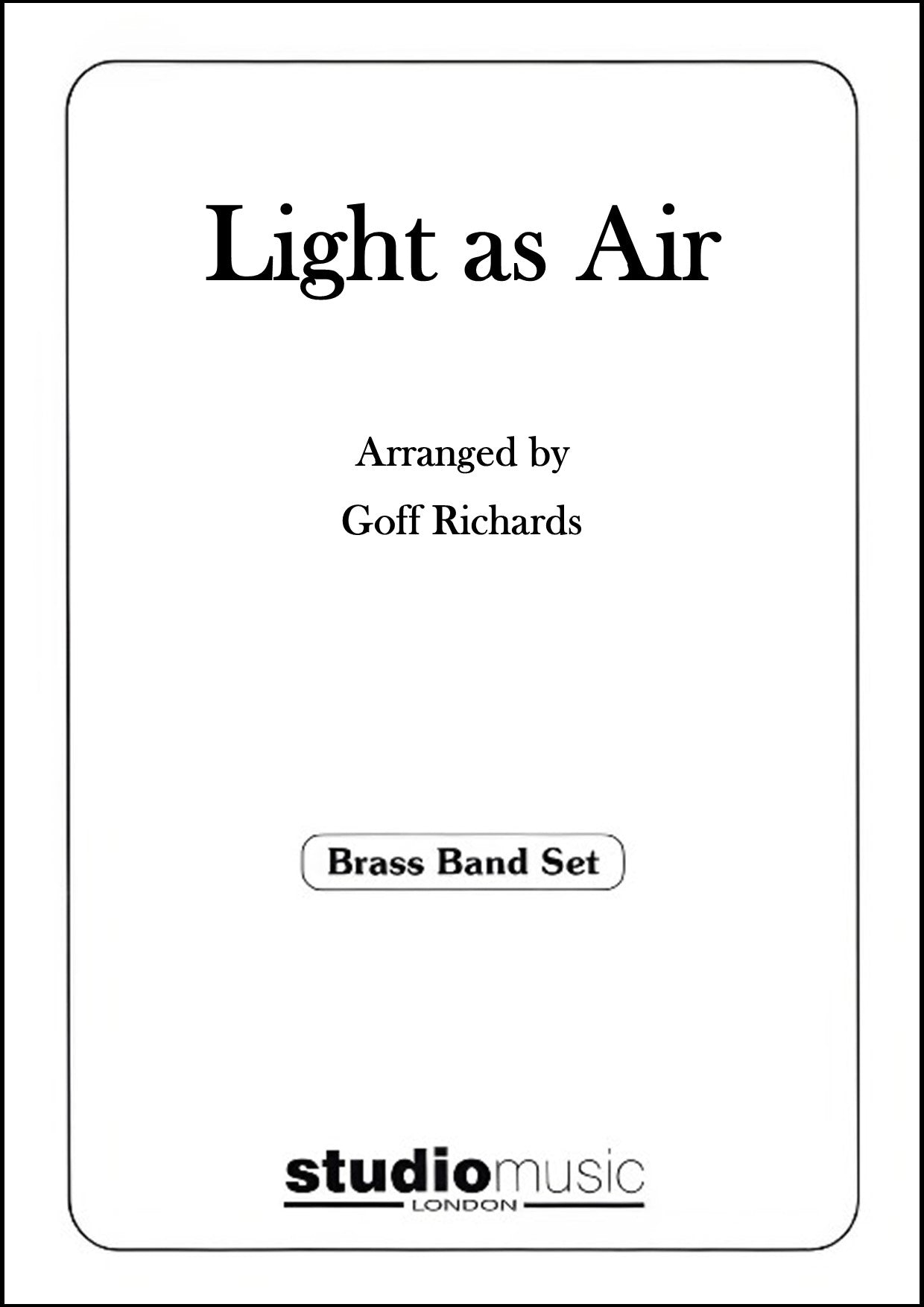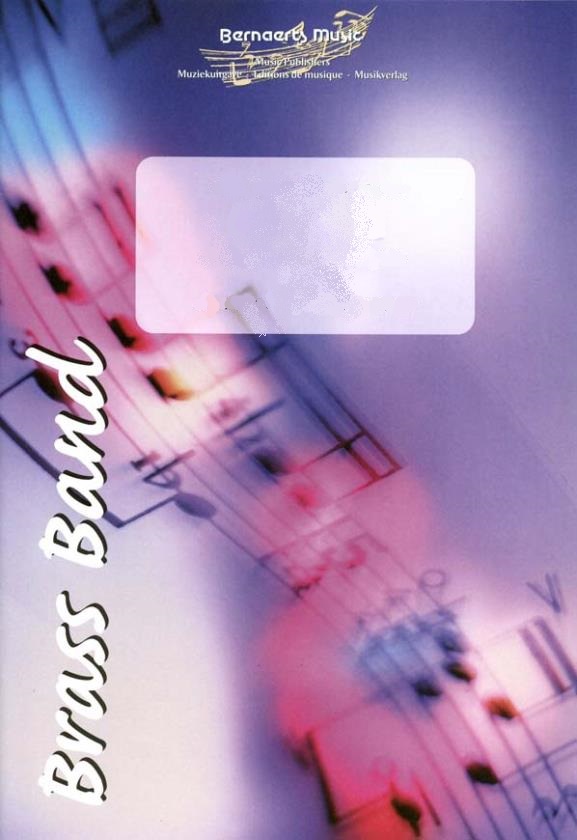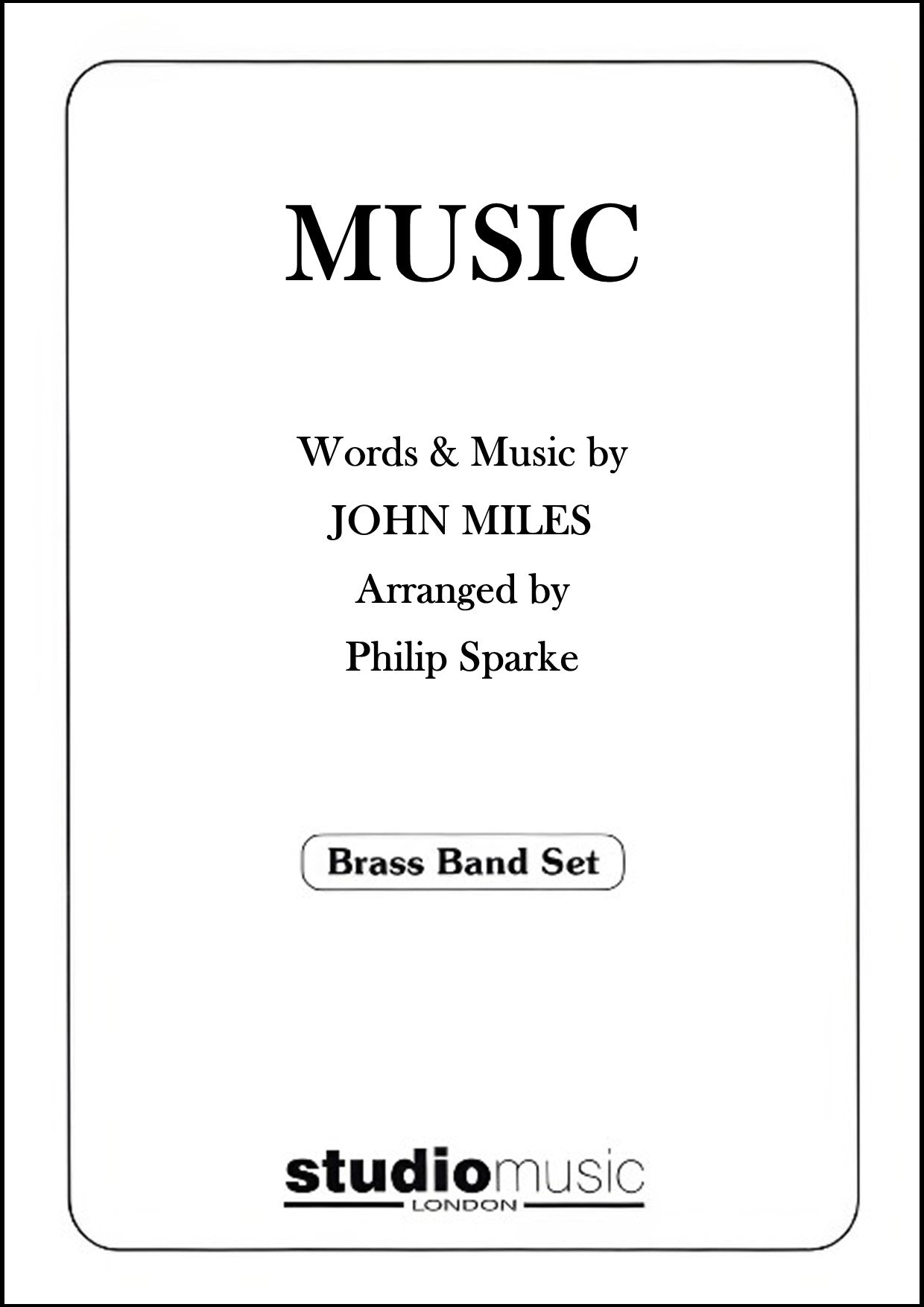Results
-
£132.00
Music - Vocal- or Trumpet Solo with Opt. Choir - John Miles - Lars Erik Gudim
This famous song by English singer and composer John Miles was released for the first time in 1976 on his album "Rebel".The song is Miles' biggest hit to date, peaking the charts in England and several other European countries.This arrangement was performed on the Norwegian Military Tattoo 2016 by singer Knut Anders Sorum with The Staff Band of the Norwegian Armed Forces conducted by Lars Erik Gudim.
Estimated dispatch 7-14 working days
-
 £28.95
£28.95Light As Air - Brass Band Sheet Music Score & Parts - Philip Sparke
COMPOSER : John MilesARRANGER: Philip Sparke
In Stock: Estimated dispatch 3-5 working days
-
 £65.99
£65.99 -
£87.40
Music - John Miles - Derek Broadbent
Estimated dispatch 5-14 working days
-
 £108.10
£108.10Music (+ Pop Group optional) - John Miles
Estimated dispatch 5-14 working days
-
 £108.10
£108.10Music - John Miles
Estimated dispatch 5-14 working days
-
£37.95
Music - John Miles - Philip Sparke
Estimated dispatch 5-14 working days
-
 £37.95
£37.95Music - Brass Band Sheet Music Score & Parts - Philip Sparke
COMPOSER : John MilesARRANGER: Philip Sparke
In Stock: Estimated dispatch 3-5 working days
-
 £59.70
£59.70 -
 £89.99
£89.99Gate 11 - John Emerson Blackstone
'Music' by John Miles was one of Blackstone's favourite numbers. With completely different notes, but holding on to the same form and atmosphere the latter has tried to write an attractive composition for both young and old.Gate 11 refers to the ever agitated and noisy scenes at an airport, especially during check-in. Yet there are also passengers who wait patiently, letting their thoughts range at will, looking forward to meeting a loved one at the end of their journey.
Estimated dispatch 5-14 working days


